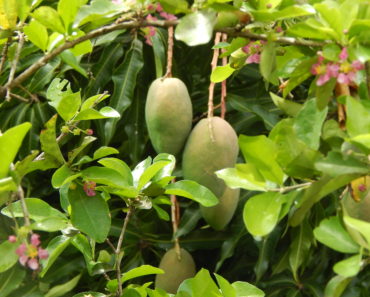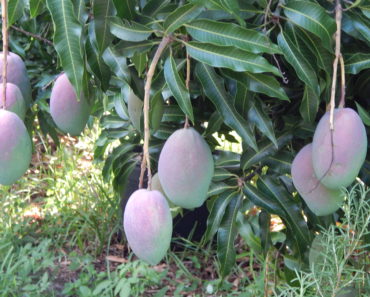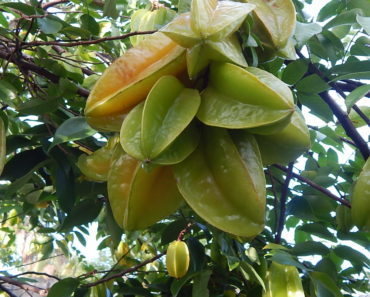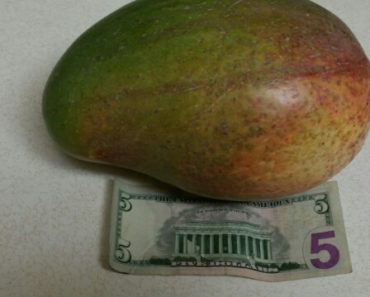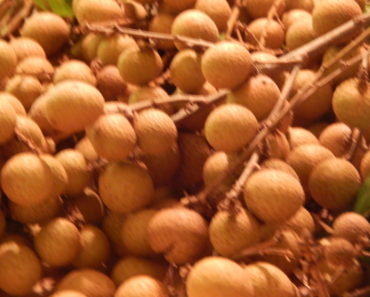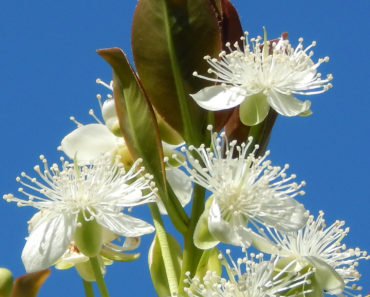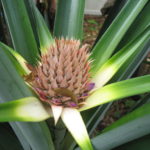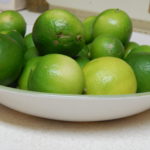I can relate to gardeners who relocate to Florida only to find out that some favorites just don’t thrive here. In the fall of 2016 we moved about 30 miles inland from the coast. I know. That doesn’t sound like much. That’s not the same as moving from Ohio. Yet when I lived on Merritt Island, I could grow zone 10 fruit like mangoes and longan. Thirty miles inland without the moderating influence of the Intracoastal Waterway means that blossom-killing frosts are a much bigger possibility.
Tropical Fruit for Frost-Free Florida
Notes on Tropical Fruit I’ve Grown
Let me urge gardeners considering tropical fruit tress like mango to take the time to do some research. Growing fruit trees means a commitment of years. Selecting the best varieties for your area is the first step to success.
If you have never tasted a homegrown mango with fiber-free flesh, as smooth and richly sweet as a ripe peach, you may not understand what the fuss is about. Take the time to find out which varieties are best for your area for flavor, texture, fruit production, and disease tolerance.
Like citrus, mangoes are susceptible to various fungal diseases. Some varieties resist much better than others. This is defiantly something to think about when considering any variety. Local fruit nurseries and local county extension offices should be able to provide good information.
Find Local Extension Offices
My Mangoes
Glenn was my favorite mango to grow. The tree fruited reliably, and gave me plenty of delicious, fiberless fruit in mid June. I am sure I have pictures somewhere. Glenn also seems more resistant to fungal issues than some other varieties.
Lancetilla is an interesting mango, although I wouldn’t recommend it. The fruit get huge, while the tree can be maintained at a fairly small size. When ripe, the mangoes are very good and fiberless, rich and smooth. Problem is, the fruit aren’t ready to pick until late August – early September. So you have these tempting fruit hanging there all summer. Everybody has to have one. Does absolutely no good to explain that the mangoes, while big, are not even close to ripe. I’m pretty sure most of the fruit picked early rots, and is thrown away. And if there is a threat of tropical storm in August, you really don’t want to risk these things becoming flying missiles.
Cogshell mangoes are another variety that can be maintained as a smaller tree. The fruit is delicious and plentiful. Apparently, most of my old pictures are of cogshell because the ripe pink blush is so pretty.
Lemon Meringue or Po Pyu Kalay The fruit is yellow when ripe, the flavor slightly tart. I really liked this one in smoothies.
Rosigold was an interesting variety because it fruited so early. I would have fruit in early April. Sadly, it was short-lived for me.
Five Questions to Ask When Selecting a Mango Tree
- Is this variety appropriate for my area?
- How is the disease tolerance compared to other options?
- At what height can this tree be maintained?
- When does the fruit ripen?
- Is the fruit fibberless?
UF/IFAS Link: Growing Mangoes
Carambola/Star Fruit
In my opinion carambola fruits almost too well. I got sick of it after a few years. I gave tons of it away, and I think those people got sick of it too.
UF/IFAS Link: Growing Carambola
Longan
I really recommend longan to those of you in frostfree areas. These grape-sized fruit are so good on a hot summer’s day. You pull away the rough brown peel to find a thin layer of sweet, juicy goodness surrounding a hard round seed.
UF/IFAS Link: Growing Longan
Grumichama Cherry
I always looked forward to the beautiful display of grumichama cherry blossoms, (Eugenia brasiliensis) each spring. The small, dark delicious fruit quickly followed, much to the joy of the neighborhood birds. The fruit is easy to grow in frostfree areas
